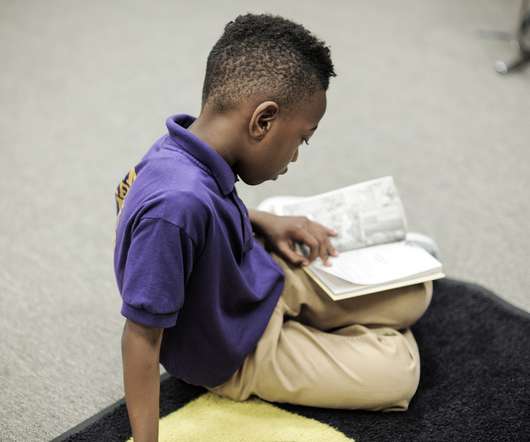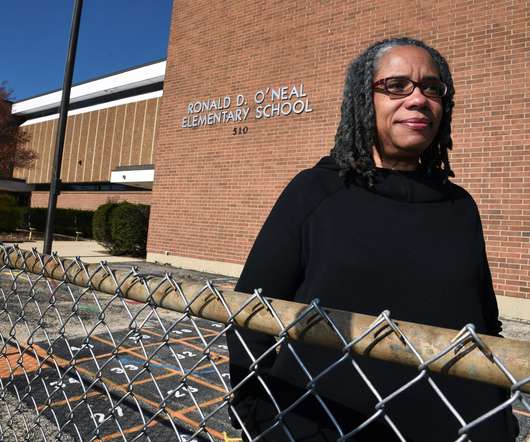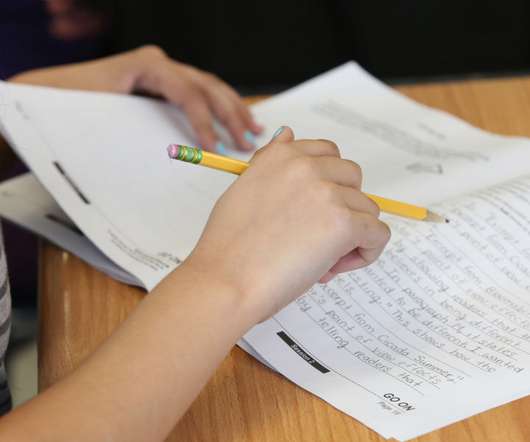Embracing diversity in the classroom: Strategies for inclusive education
Hapara
AUGUST 18, 2023
A recent UNESCO report showed that across the nation, elementary and secondary students with disabilities experience higher rates of violence by teachers and are up to 1.5 When learners feel inadequate in comparison to peers, they may participate less and/or become increasingly isolated.




















Let's personalize your content